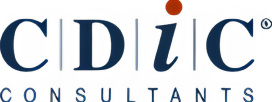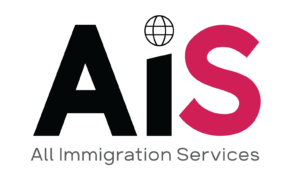While mergers and acquisitions (M&A) may have slowed compared to 2021, the M&A space remains a hotbed of activity with approximately 25,000 deals in the first half of 2022. Combined with the ongoing Great Resignation, talent management and retention has become challenging for many businesses.
Securing critical talent in an M&A
At the core, M&As are meant to help businesses to pool resources so they can work towards achieving their goals. While this typically refers to the consolidation of assets, with the talent war waging fiercely today, human resources and talent can also be considered major assets.
M&A practitioners cite talent retention as a leading driver of M&A deal success. Some businesses even acquire with other companies specifically for their critical talent – a move known as “acqui-hiring”.
For example, a pharmaceutical company may acquire another healthcare firm for its strong R&D team. This puts intense pressure on HR leaders and teams, as talent retention – and attrition – becomes a key focus area.
With that in mind, here are four steps to help you emerge from an M&A with a strengthened talent pool.
1. Implement a robust talent retention strategy
Merger negotiation and integration can be anxiety-inducing and staff may start to consider their options elsewhere. As part of your talent retention strategy, you need to identify which staff members are critical to the consolidated company and proactively manage flight risk.
An example of a critical talent might be those who are armed with highly specialised knowledge pertaining to the acquired company, such as expertise in legacy IT systems. Retaining these employees will ensure that the integration of IT systems can proceed seamlessly.
The loss of critical talent could influence the success of the M&A, so it’s key to develop a talent retention plan as soon as possible. If your company has a strong risk culture to begin with, you may have begun developing your plan even before the acquisition is finalised, having identified the risk and begun working to address it pre-emptively.
2. Define the retention scope
How are retention decisions made in an M&A event? While it may seem more straightforward for top management to choose which employees to retain, a more comprehensive, albeit more time-consuming alternative is the bottom-up approach.
Top management may lack a complete understanding of critical roles, or may be unable to be objective in who to keep. In contrast, the bottom-up approach – which involves gathering information from multiple management tiers, as well as employee interviews, surveys and more – ensures that leaders get a detailed understanding of which talents are necessary to support critical functions of the company.
In short, the bottom-up approach enables business leaders to make an informed decision grounded in a clear understanding of what’s really happening on the ground.
3. Assess attrition risks and employee engagement during diligence and integration stages
Start the ball rolling by engaging key talent. Speak with a broad range of people involved in the company being acquired. If possible, reach out to former employees; they may be more willing to speak openly about their experiences in the firm.
This approach will grant fresh perspectives and insights into the current talent pool of the company being acquired, as well as the strengths and weaknesses of certain processes – in doing so, HR leaders will be able to gauge the level of attrition risk and employee engagement.
Other forms of due diligence might include securing the help of an external partner, reviewing publicly available data such as Glassdoor and LinkedIn, or more. These will help the acquiring company better anticipate attrition risk.
4. Create a strong and compelling vision for the future
Successful integration will require employees of both the acquiring company as well as the legacy company to be aligned in terms of goals for the new organisation.
By involving key employees on both sides in the creation and crafting of said goals, HR and business leaders can boost employee engagement and optimism in the consolidated organisation, thus reducing flight risk. Discussions could include putting into words a case for change (thus the M&A deal), what to look forward to in the future, measures of success, and guiding principles.
Remember to include talents who sit below the executive level in such conversations. This can help energise the integration process as it involves more levels of the organisation. Additionally, these people may be important influencers in the workforce, and can help provide feedback on the integration process, troubleshoot teething issues, and share insight into different work cultures.
Enhancing talent retention to get the best out of an M&A event
Ultimately, while M&A can spell major upheaval in terms of personnel changes, it comes with several benefits. Business leaders may find that post-integration, the organisation may be re-energised and have a clearer focus on how to move forward, as a result of obtaining and retaining rare talent.
By carefully assessing and managing your employees in every step of your M&A process, you can build a strong, flexible and resilient workforce that can help future-proof the consolidated organisation to survive and thrive in today’s fast-changing business landscape.







